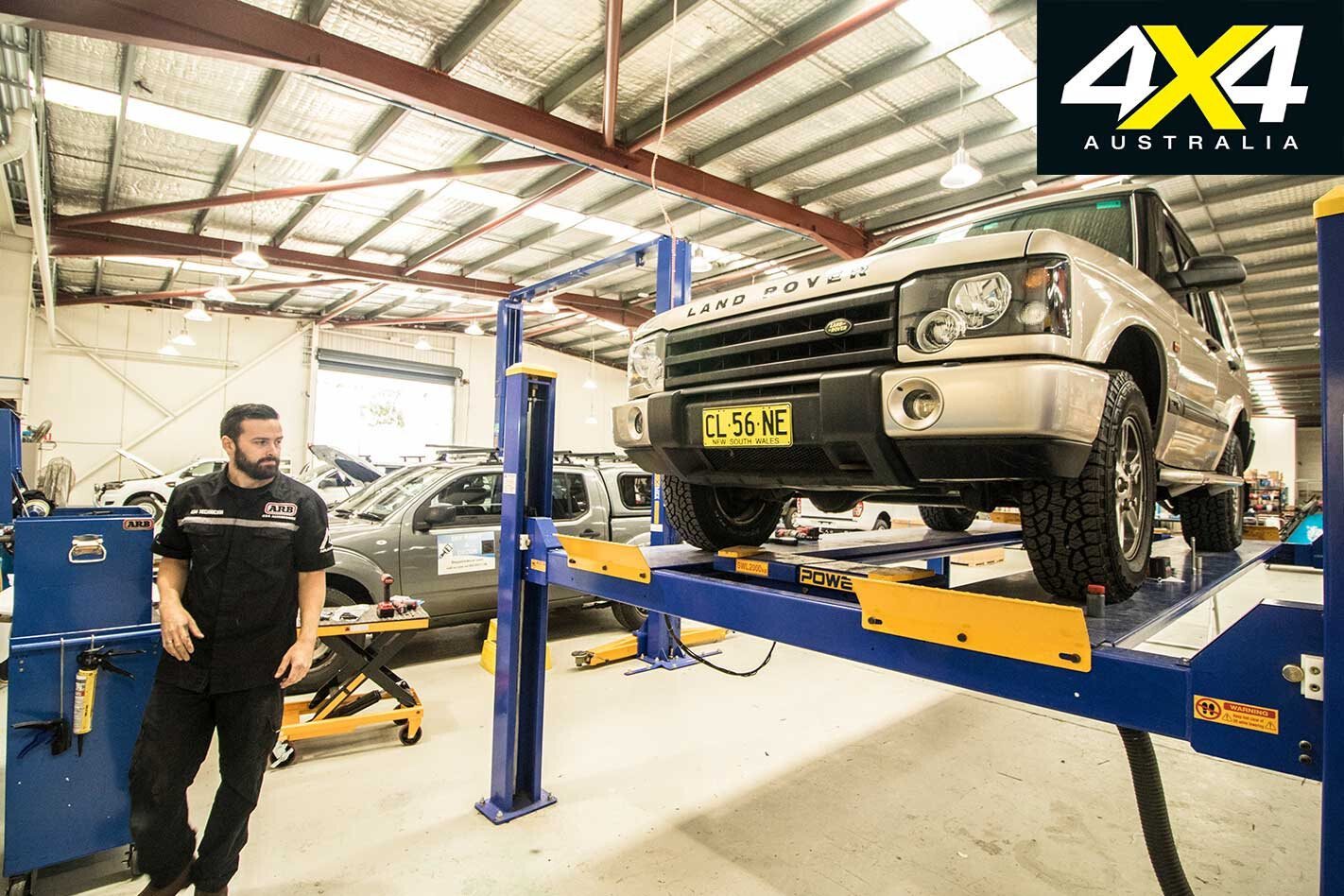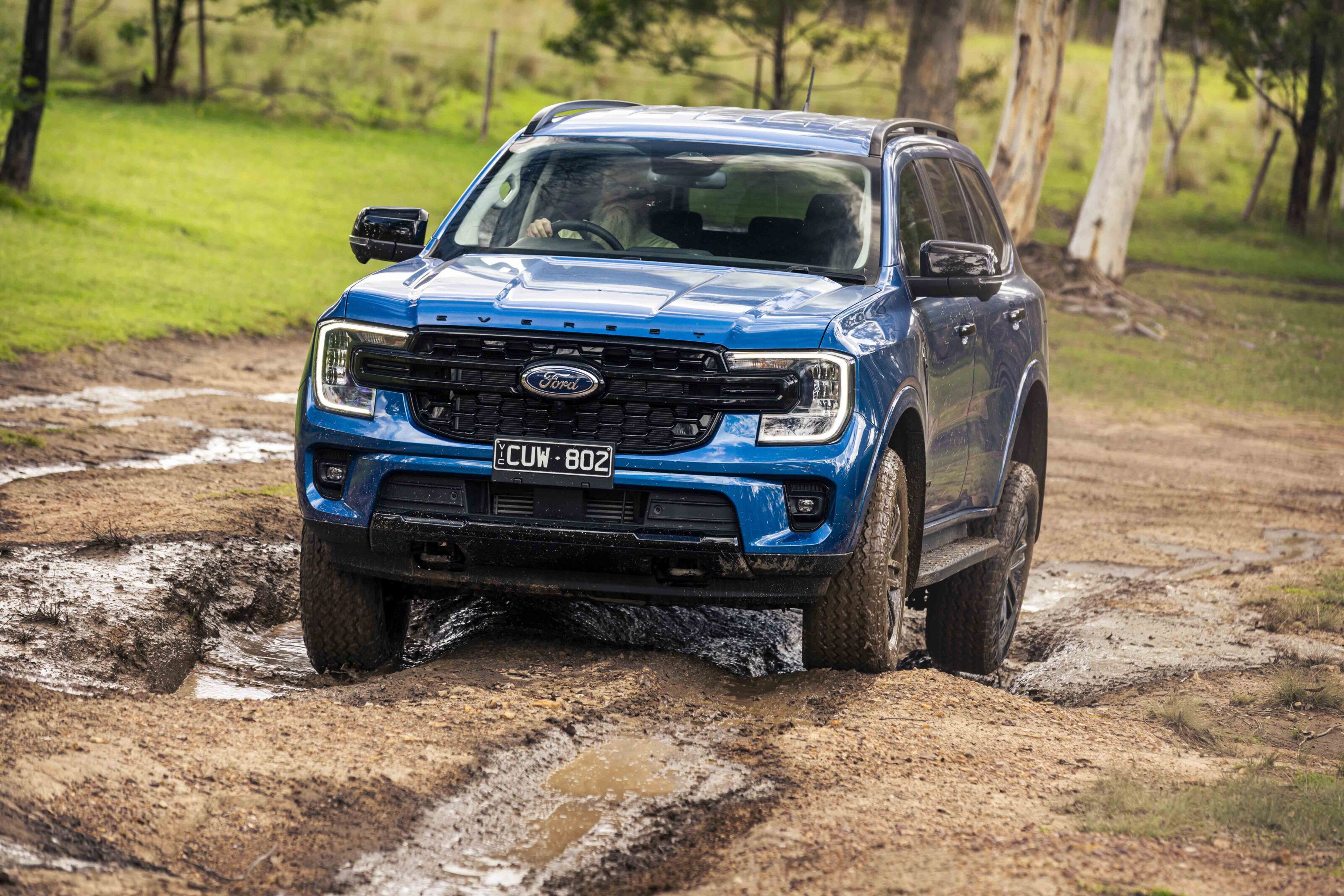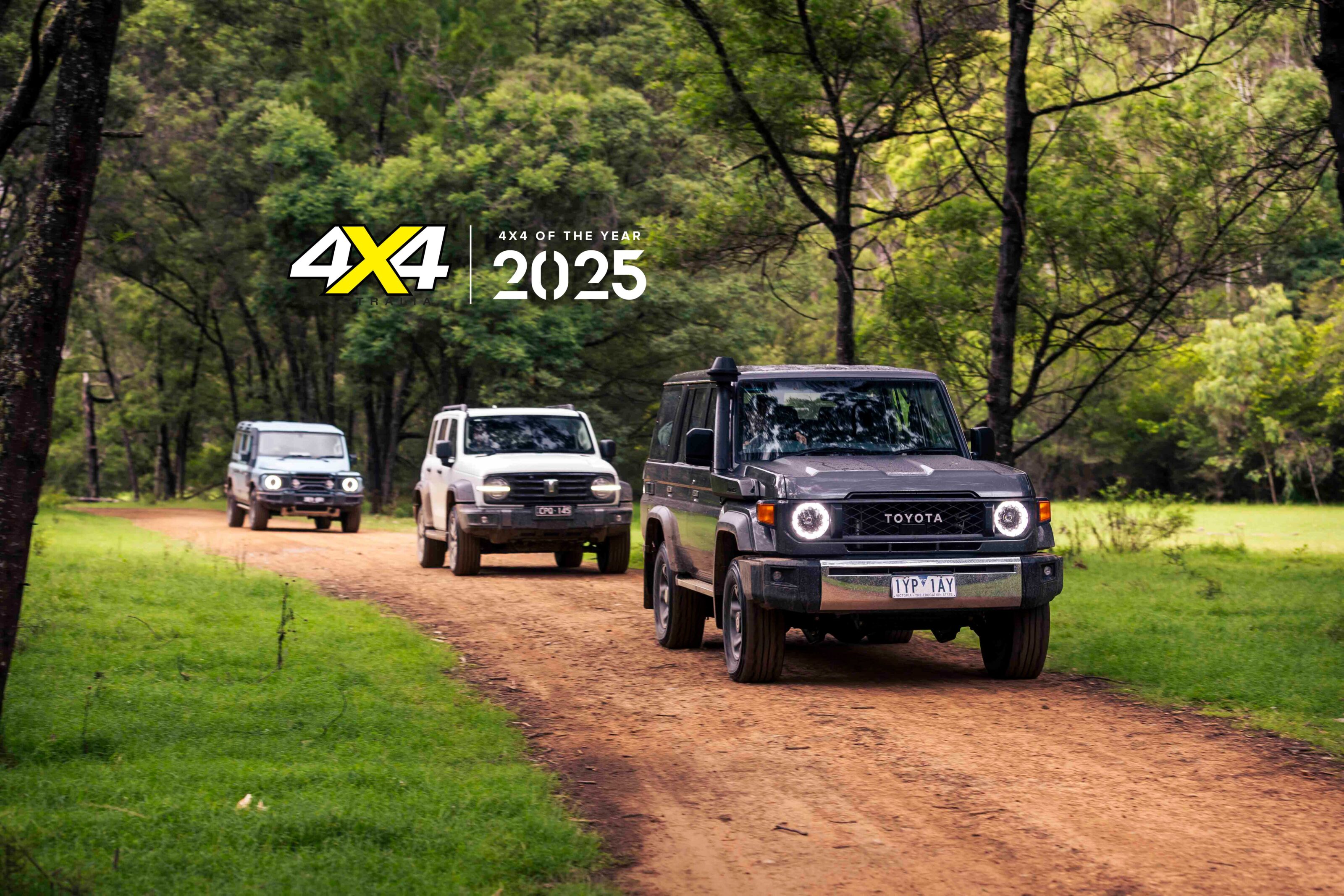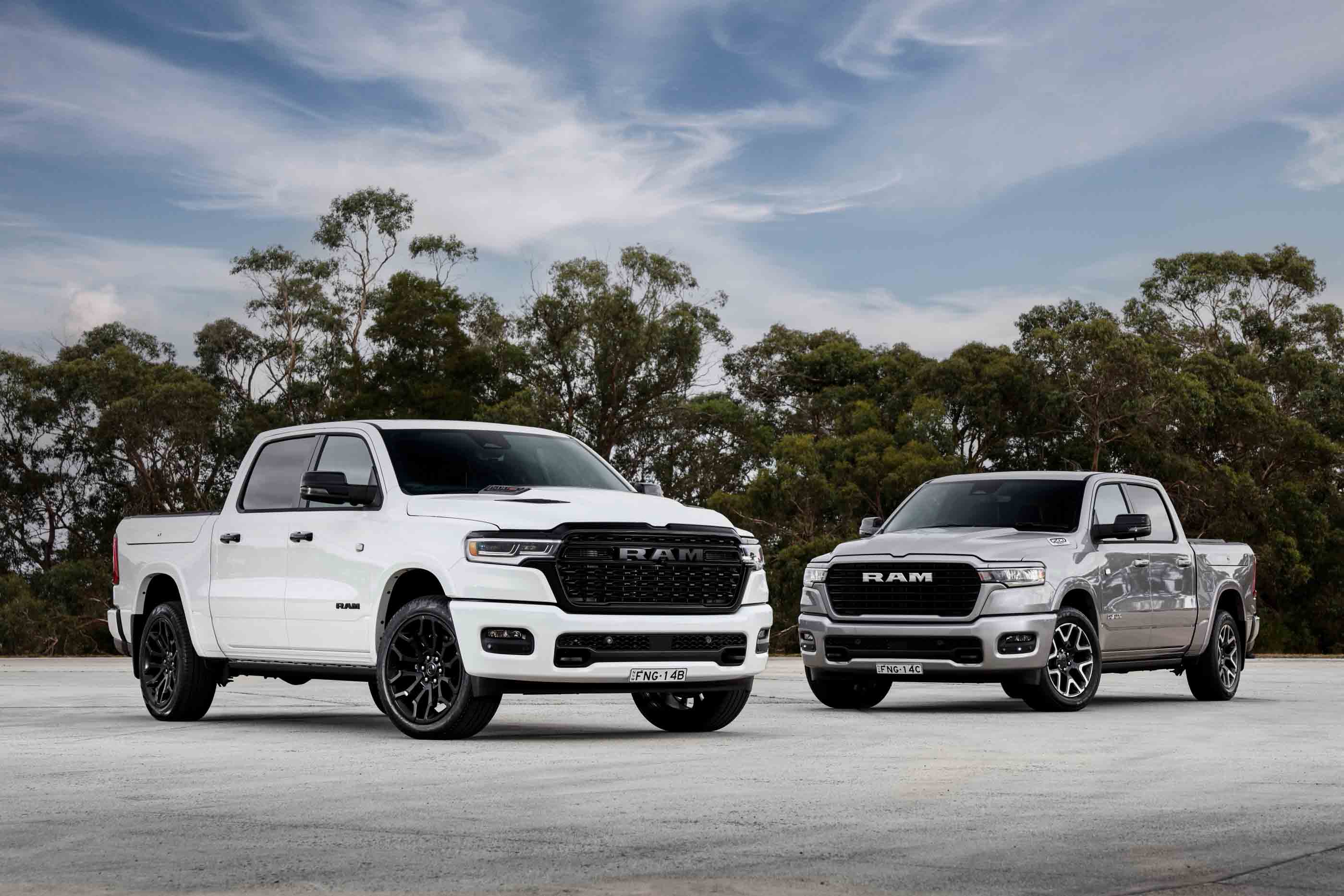IT’S BEEN a busy couple of months for the Discovery 2.
Since the last update not too many accessories have been added, but it has seen a few miles covering school-holiday soirees, camping trips, and the annual south coast Christmas sojourn, with narry a squeak or leak (it is still not leaking any oil – a continual triumph for me but sore point with my fellow 4X4 Australia LR owners).
It has been a slow process in terms of modifications, although I have recently fitted a set of ARB Protection Steps. Yeah, it doesn’t seem that exciting, but these were actually top of my ‘must-fit’ list – for good reason.
Two young’uns under six mean the Disco’s somewhat lofty floor height precluded easy access to their rear seats – and, more importantly, the Disco’s factory-option roof-mounted DVD player – so finding a different method of loading said youngsters inside the vehicle meant these protection steps were essential.
Of course, besides that (and their back-saving benefits for us adults), the ARB Protection Steps were also fitted with future, gnarlier, off-road camping adventures in mind. To this end, these steps are often fitted in conjunction with side rails, which offer excellent front panel protection and join to a bullbar up front.
At this stage the Disco is sans bullbar, so I opted for just the steps. Even with ‘just’ the steps, underbody and side/door protection is significantly increased as the steps slide over rocks and downed trees and reduce the amount of paint and panel damage stone chips cause when thrown up from the front wheels.
Fitment of the ARB Protection Steps was carried out at ARB Moorebank, with technician Mark Harvey tackling the relatively straightforward job. The steps come in two pieces – the steel-tubed section (I had this colour-coded to the Disco) and the aluminium-textured step surface, which is bolted on after the tubed section has been fitted.
The steel-tubed section is manufactured using an internal mandrel bender, which means the bends are consistent on the steps and the actual wall of the tubing is the same throughout. The tubed section was fitted via three bolts at the front and two at the back, with Mark drilling the necessary holes into the chassis.
Before bolting the tubed section on, Mark carefully painted the drill holes to protect against corrosion. During this initial process, the Disco was up on a hoist, giving Mark easy access to the chassis. Once the tubed sections were bolted on and checked over, the Disco was lowered and the aluminium plate step section bolted down, with Mark adding a sound/vibration-deadening liquid between the plate step and the tube.
The final touch involved applying a couple of ARB stickers to the step sides. The whole process took not much more than an hour.
The steps have not seen any challenging terrain as yet to test their underbody protective qualities, but they have been a boon to loading kids – and even us adults – into the Discovery, with the wide, non-slip surface ensuring everybody can climb aboard with no risk of slipping and/or twisting an ankle. The steps will be even more appreciated in this regard once I fit new (higher) suspension to the vehicle.
As for the rest of the vehicle, it’s been happy days. A camping trip up the coast was a great test for the Disco’s cargo capacity; whether it is two days or a week, you still need that same basic list of camping gear, so the cargo area was pretty chokkas.
I’m currently testing a Pelican 50QT Cooler, and this big bopper takes up a surprising amount of space (although returns the favour with so-far excellent ice retention), so once that was joined by our tent, camp boxes, duffle bags and other stuff, there wasn’t much storage space left – unless I was willing to compromise occupant safety, which I definitely wasn’t.
The Disco 2 has a very tall cargo area, which means, to get the most out of it, fitment of a cargo barrier would be handy, and this may make its way onto the ‘next’ part of my mod list. The only thing stopping me doing this is that I will lose the convenience of folding the second-row seats up for long/large loads. Until I decide, I will keep using tie-downs for the gear in the cargo area.
The Hankook Dynapro AT-M rubber continues to impress. Again, with mostly bitumen driving, the off-road capabilities of these tyres haven’t really been tested, but on-road they have been great.
Considering the more aggressive tread pattern, these hoops are surprisingly quiet on-road; although, I guess not much can compete noise-wise to a droning TD5. The Hankooks did, however, eventually cop an off-road baptism, with the far south coast Christmas trip seeing the big gold brick trundling around sandy and steep tracks in the coastal hinterland.
The tyres handled this terrain well and then further impressed on the trip back up the Princes Highway to Sydney. A mix of road surfaces (coarse to baby-smooth) and rainy weather tested their on-road tractive qualities in sometimes greasy conditions, and they tracked true.
There is still a way to go to before the Disco is truly adventure-ready, but even in its current near-stock form the vehicle has been a dream. Budget constraints aside, the reasoning behind the purchase – buying a rig that is (relatively) comfortable in city environs, but easily modified to be capable off-road – has borne out so far.
Still, it doesn’t hurt to keep those fingers firmly crossed.
4×4 Shed Log: 2003 Land Rover Discovery TD5 Current mileage: 136529km Date acquired: Apr 2016 Price: $15,000 Mileage this month: 1236km Average fuel consumption: 10.2L/100km





